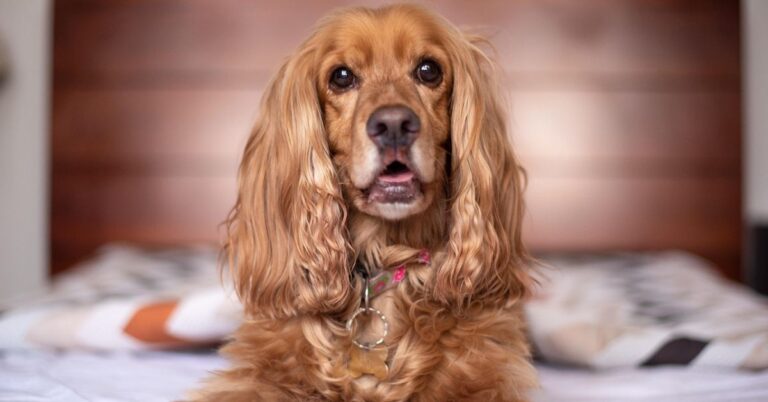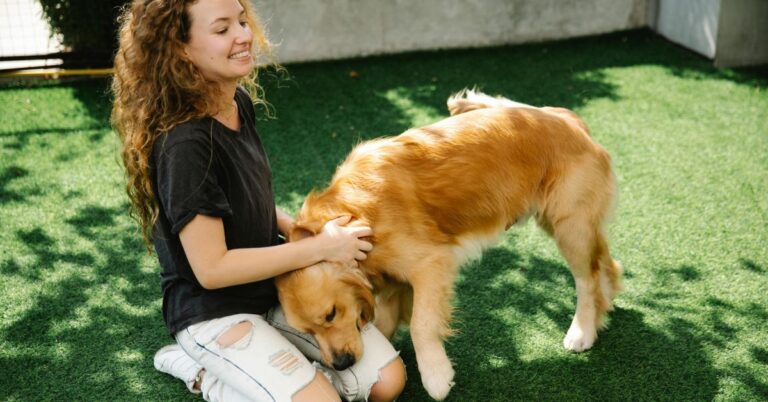These 10 Breeds Prove That Dog Ears Come In Different Styles

Ears might not wag like tails, but they’re just as expressive. In the dog world, ears come in every shape and style nature could dream up. Some are sleek and aerodynamic for running down prey, and others? Long and low, engineered for channeling scent straight to a powerful nose. Check out these 10 kinds of ears and how they’ve adapted to each of these breeds.
Basset Hound
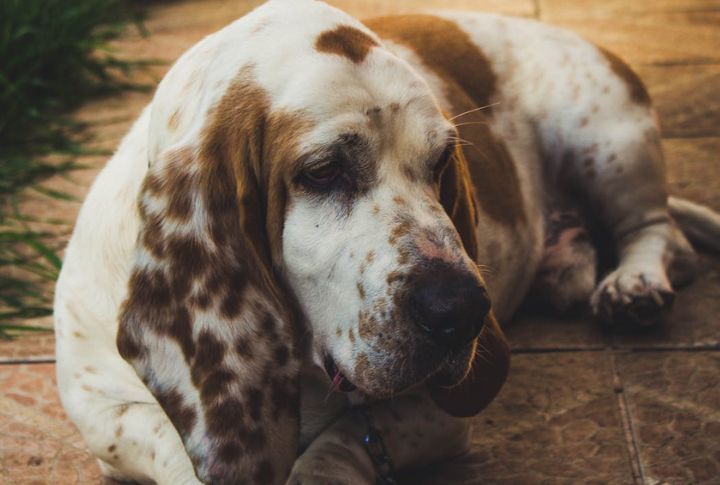
Ten inches of ear length is functionally brilliant. Those floppy ears are capable of funneling scent toward the Basset Hound’s nose with every stride. Evolution fine-tuned this design to support their legendary olfactory skill, which ranks second only to the Bloodhound’s in scent-tracking ability.
Papillon

Why do these dogs look like butterflies in motion? Blame their oversized, fringed ears. Papillons flaunt this unusual shape for reasons that are rooted in the breed’s history with European royalty. Their expressive ears helped win hearts in 16th-century paintings and continue charming owners today.
Ibizan Hound
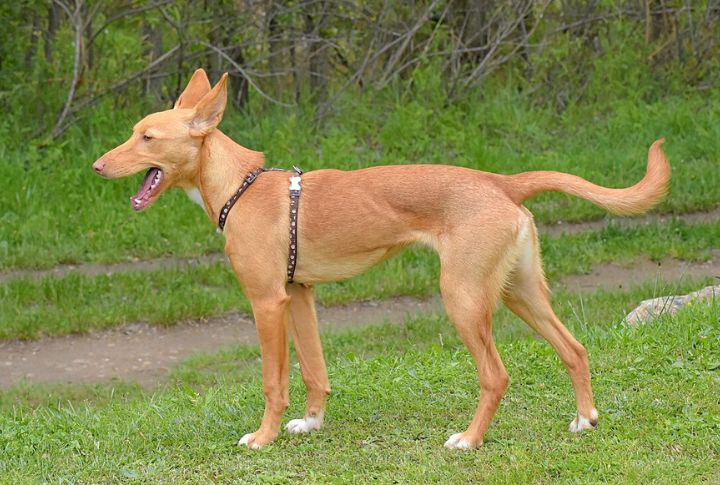
Sharp hearing in the wild demanded serious equipment—that’s where you have the Ibizan Hound’s radar-like ears. These upright structures are engineered for sound detection during high-speed chases. Ancient Phoenician traders once prized this breed for its agility and ear-assisted sensory advantage during rabbit hunts.
Cocker Spaniel
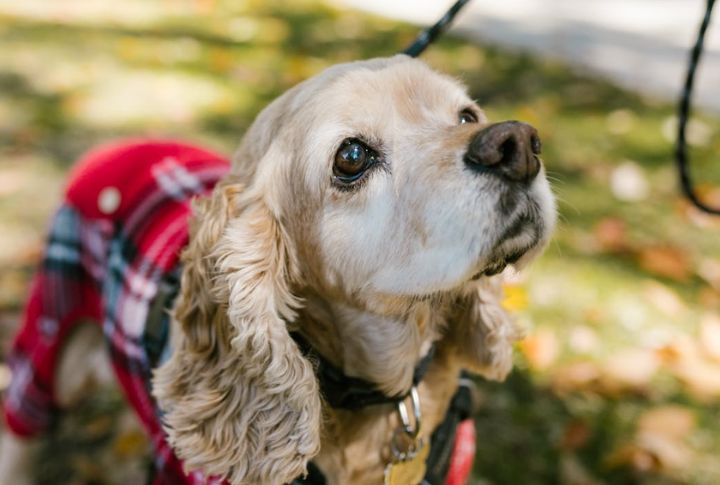
Velvety and abundant, their ears have a fanbase of their own. Draping down like silky curtains, they’ve become a visual trademark of the Cocker Spaniel. But behind the charm lies maintenance because those luscious ears trap moisture and demand routine cleaning to keep infections at bay.
Schipperke
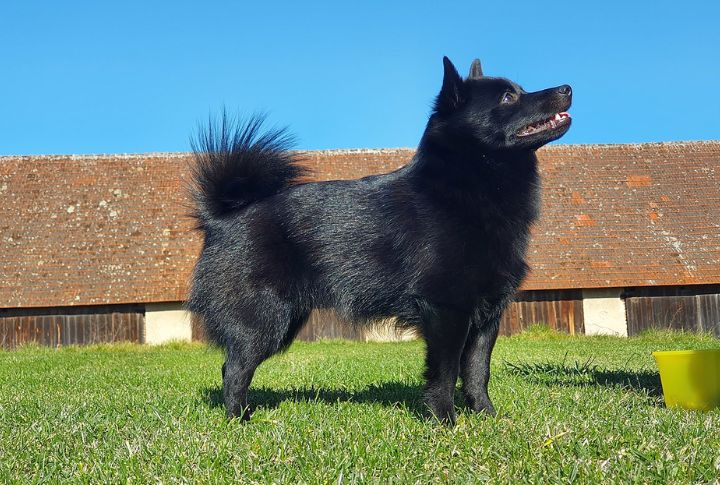
Perched like alert antennae, the Schipperke’s triangular ears help define its foxlike profile. While small in size, Schipperke ears are highly effective in gauging environmental changes. These pint-sized watchdogs relied on their keen hearing to monitor Belgian canal barges—a job they handled with fearless precision.
Basenji
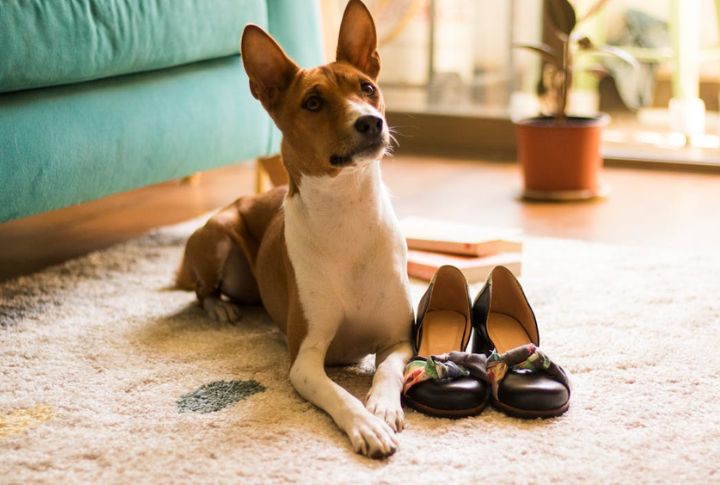
Silence may be their signature, but those sharply pointed ears tell a different story. Basenjis use them like fine-tuned instruments, catching the faintest rustles in their surroundings. Originally from Central Africa, this breed depended on its acute hearing for survival in dense jungle terrain.
Bloodhound

Few breeds match the Bloodhound’s synergy of form and function. As they move, their low-slung ears sweep scent particles upward toward one of the most sensitive noses in the canine world. Their tracking abilities have even been considered legally valid evidence in U.S. courts.
Chow Chow
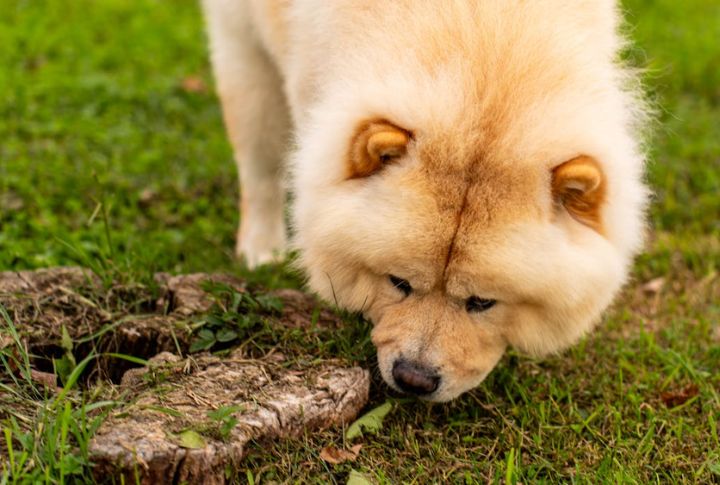
If you ever see round, compact ears poking through a lionlike mane, know that you’re looking at a Chow Chow. This breed carries this ancient aesthetic proudly. More than ornamental, these ears can help reduce the risk of frostbite, especially in the harsh northern China climates they once called home.
French Bulldog
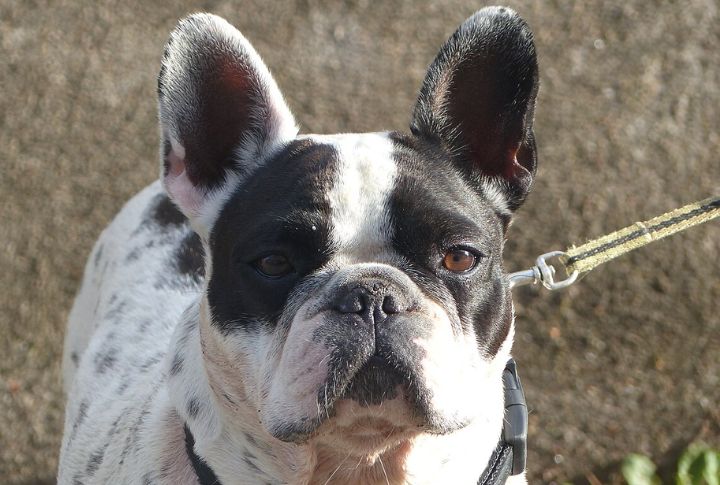
You’ll recognize the silhouette instantly: broad head, round eyes, and those trademark bat ears. Selective breeding in mid-19th-century Paris locked in this upright ear shape. Besides aesthetics, those ears reflect the dog’s naturally alert disposition, which is useful in artisan workshops.
Catahoula Leopard Dog

Working in swamps, forests, and open fields demanded adaptable features—including ears. Set high and semi-flopped, the Catahoula’s ears allowed for both weather protection and precise soundtracking. This balance made them indispensable to 19th-century Louisiana cattle herders who valued dogs with sharp instincts and stamina.

